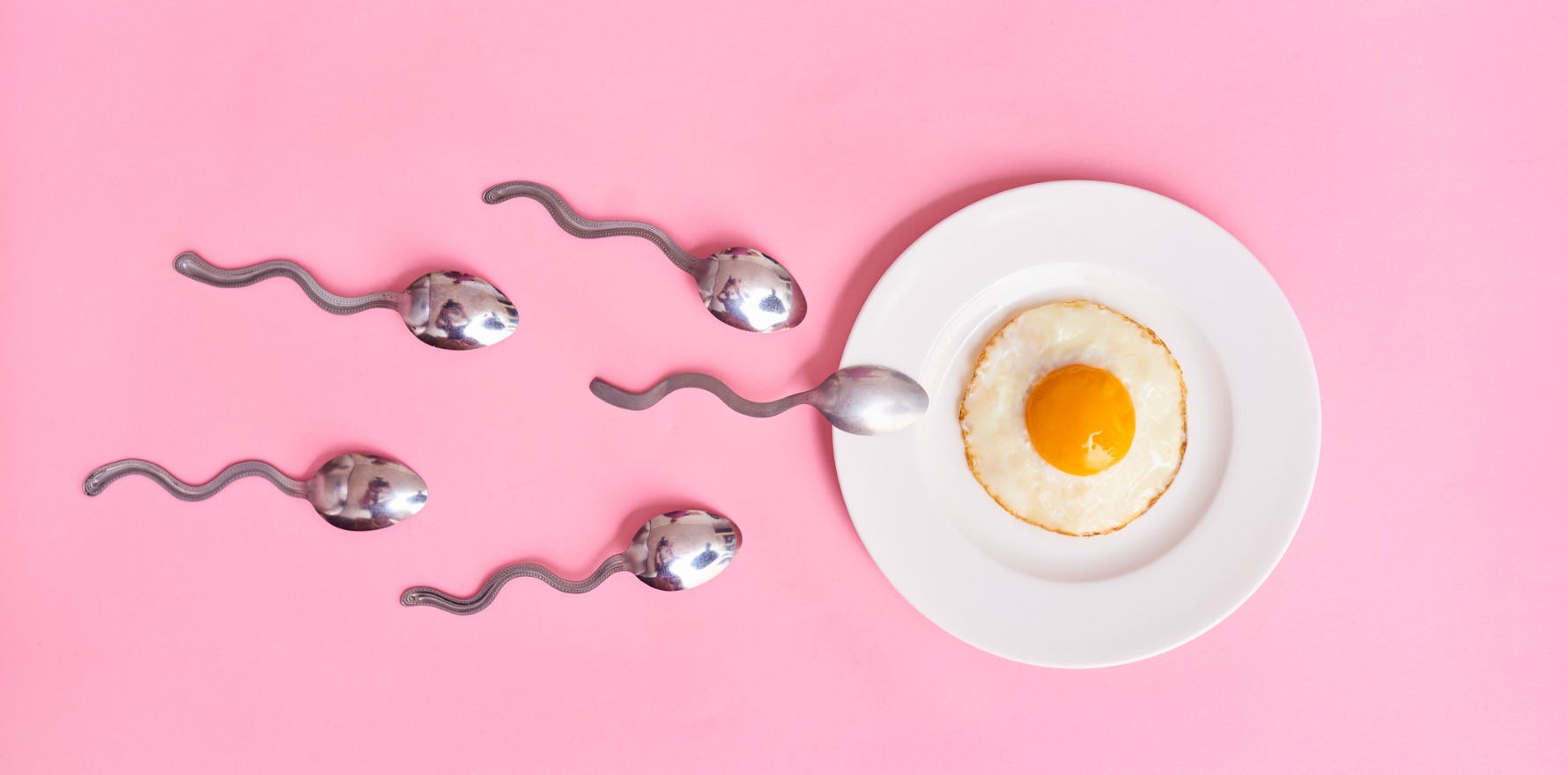Two experts provide an update on how to help patients determine and achieve their fertility goals after cancer.
Cancer reduces the likelihood of pregnancy by almost 40%, but accessible tools and services to give patients their best chance of starting a family are available.
Fertility is a major concern for people who are living with or who have survived cancer, so much so that one in three breast cancer patients will reduce – or outright decline – treatment to minimise its impact on their ability to have children.
Given this, it’s important for clinicians to support patients during the decision-making process when they receive their cancer diagnosis to ensure they make an informed choice.
Speaking to delegates at the recent Clinical Oncological Society of Australia annual scientific meeting, Associate Professor Michelle Peate, program leader for the psychological health and wellbeing research unit at the University of Melbourne, presented several decision aids available to patients and their doctors.
“All decision aids include information about the diagnosis, the treatment (and the impact it has on fertility) and a balance clarification exercise, where we ask people to write out the pros and cons and give them different stars based on the weighting [of importance]. They end up with a [decision about] leaning towards or against, and that’s what they take to the clinical team,” Professor Peate explained.
The first decision aid Professor Peate discussed was designed for young women with breast cancer, and is freely available via the BCNA website.
“We trialled it longitudinally across 20 hospitals around Australia with newly diagnosed women and found those who received the decision aid had less regret and conflict [about their decision], and more knowledge and satisfaction,” Professor Peate said.
“There were over 30,000 people [at ESMO] … There were over 260 oral presentations [but] there was only one and a half presentations on fertility preservation. It was pretty disappointing.”
Associate Professor Kate Stern
Professor Peate also highlighted a fertility preservation decision aid for parents of children and adolescents with cancer, which had a favourable response from parents and clinicians in a previous pilot trial. A decision aid for women with endometrial cancer was currently being developed, she said.
In addition to the decision aids, Professor Peate’s PhD student, Dr Zobiada Edib, is developing an online infertility risk prediction tool. Dr Edib has previously explored barriers and facilitators to using the tool, and is refining a prototype.
So you want to preserve your fertility… Now what?
Egg freezing is potentially the most used fertility preservation option, and it’s well past the experimental stage, according to Associate Professor Kate Stern, head of fertility preservation at the Royal Women’s Hospital in Melbourne.
Traditional egg freezing methods typically require doctors to wait until the start of a menstrual period before the process can begin. But Professor Stern shared a different approach with delegates: random start ovarian stimulation.
“We can get started within two days of seeing a patient, and if we have four weeks [before treatment starts] then we can do two back-to-back cycles,” Professor Stern explained.
Professor Stern noted some people did not believe egg freezing was successful, but felt the 32% live birth rate per embryo transfer following a cancer diagnosis was “very reasonable”.
But cryopreservation is more than just freezing eggs or sperm. However, people from regional areas or smaller towns without access to the full suite of fertility preservation services have typically missed out.
The National Ovarian and Testicular Tissue Transport and Cryopreservation Service, a new public service at the Women’s supported by the Sony Foundation, removes these barriers.
“Patients can have their tissue taken anywhere in Australia [by] a biological specialist, gynaecologist or urologist, and we organise transport to NOTTCS for processing and cryopreservation,” Professor Stern told delegates.
The tissue can be transported back to the patient when the patient is ready to resume their fertility journey, or it can be grafted at the Women’s if the patient is willing and able to travel to Melbourne.
Professor Stern called for greater awareness and consideration of fertility preservation for cancer patients, sharing her experience at the recent European Society for Medical Oncology congress in Spain as an eye-opening example.
“There were over 30,000 people there, and it was over a kilometre between one end [of the conference centre] and the other. There were over 260 oral presentations [but] there was only one and a half presentations on fertility preservation. It was pretty disappointing.
“We have improved access to specialised services. We’ve got quite a lot of exciting options to make it better and safer. I think we should all have a realistic expectation that our patients will be able to have success if they do fertility preservation in a timely fashion. We just need to make sure more that more than 50% of patient are being referred.”






